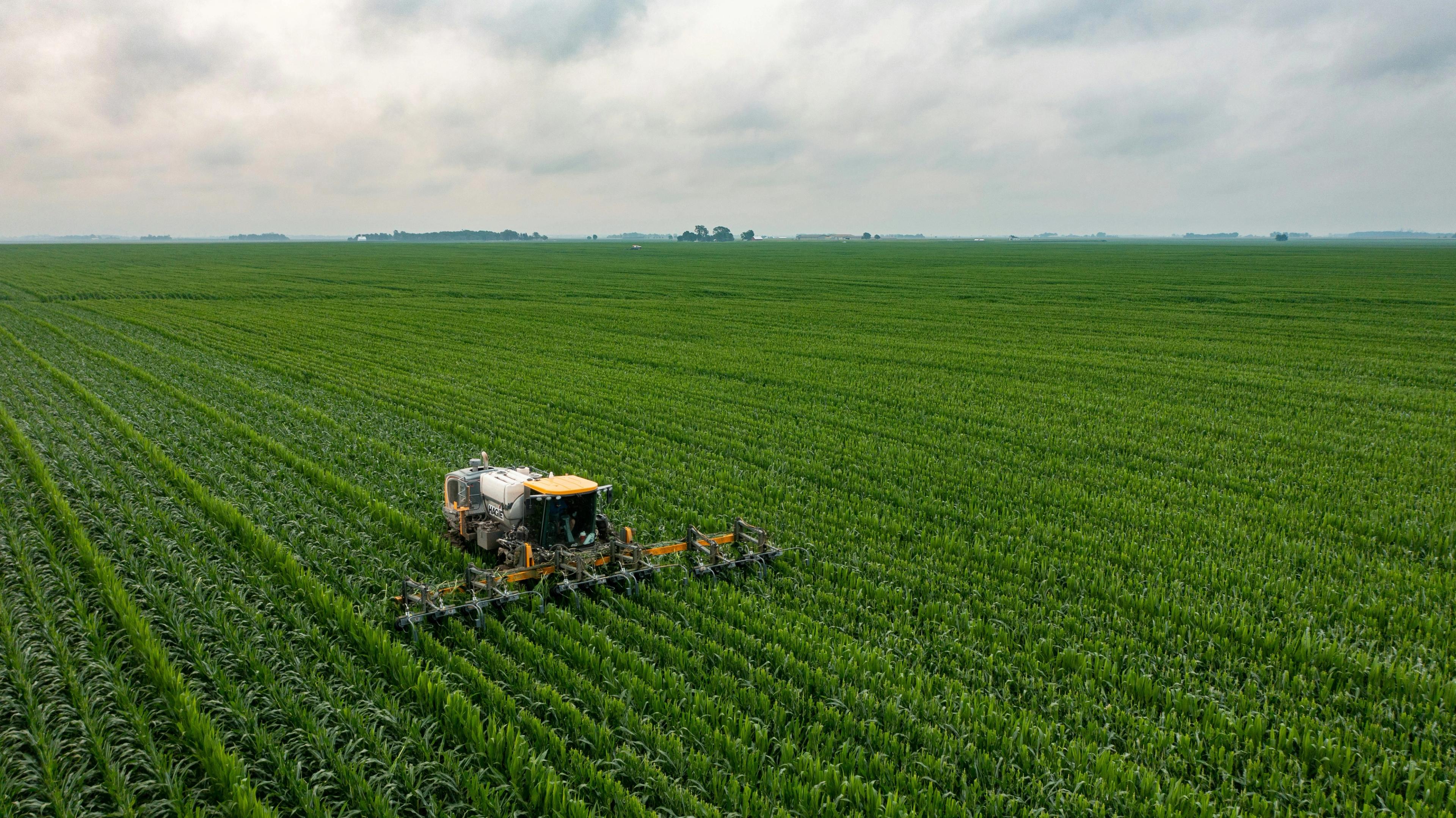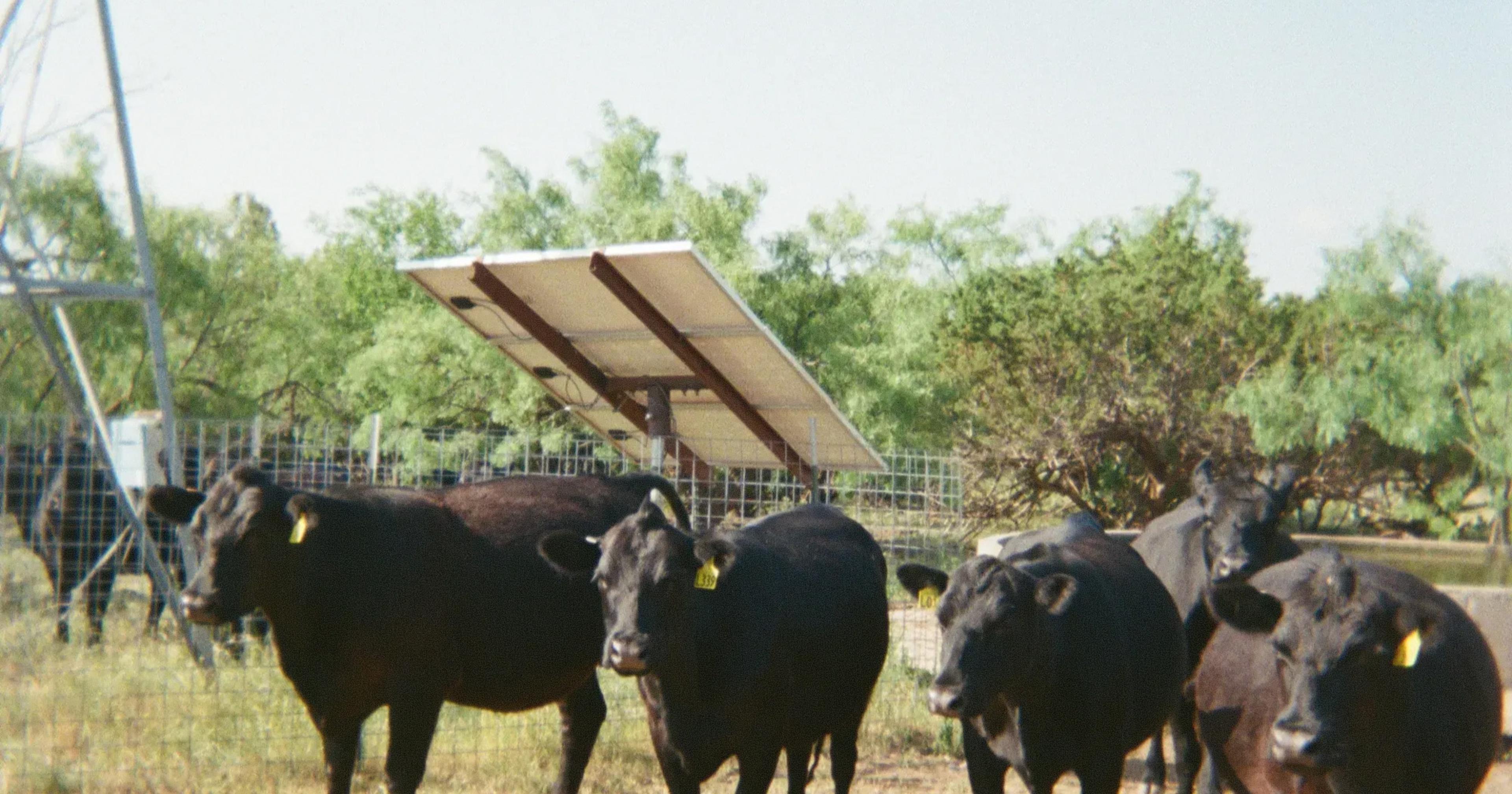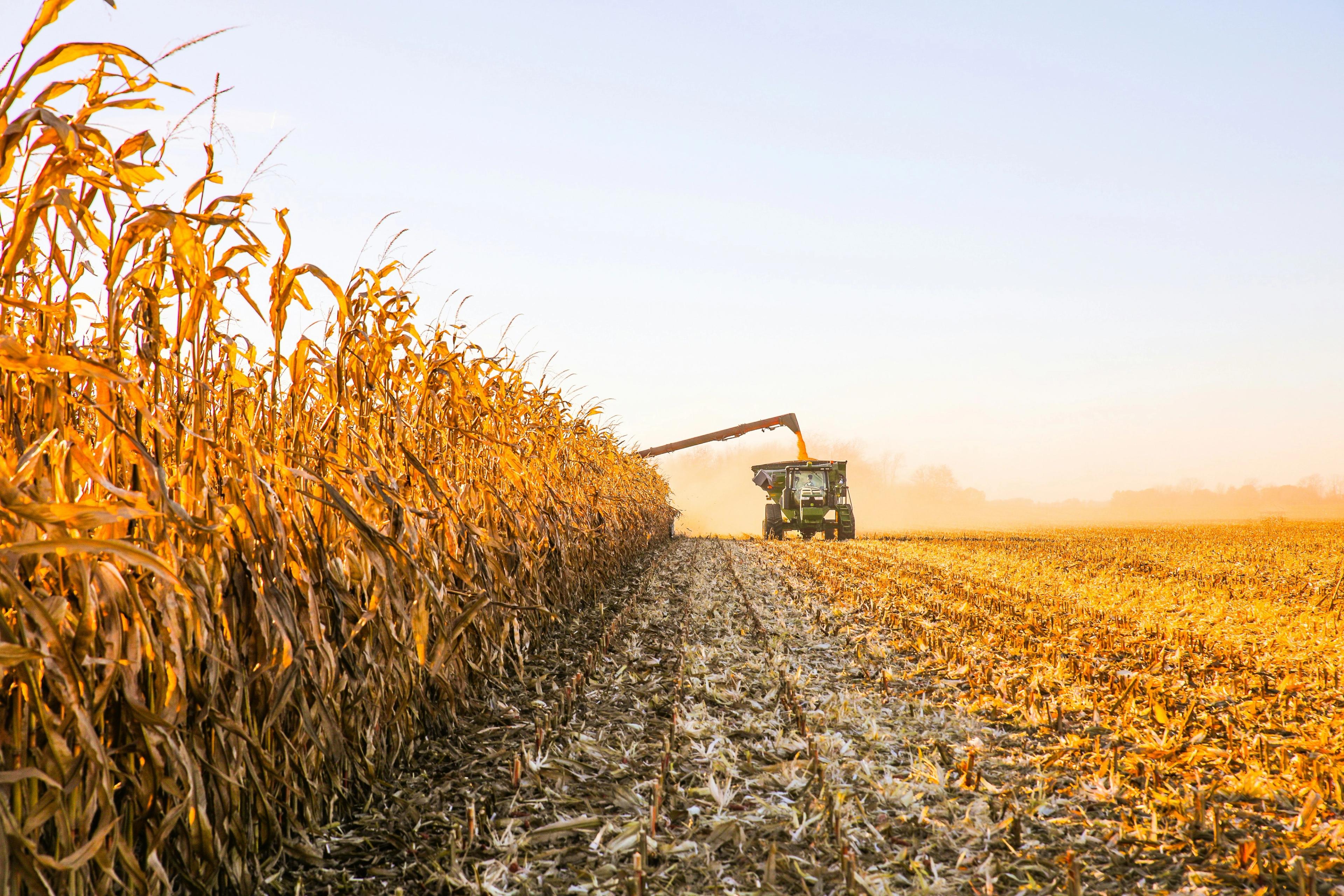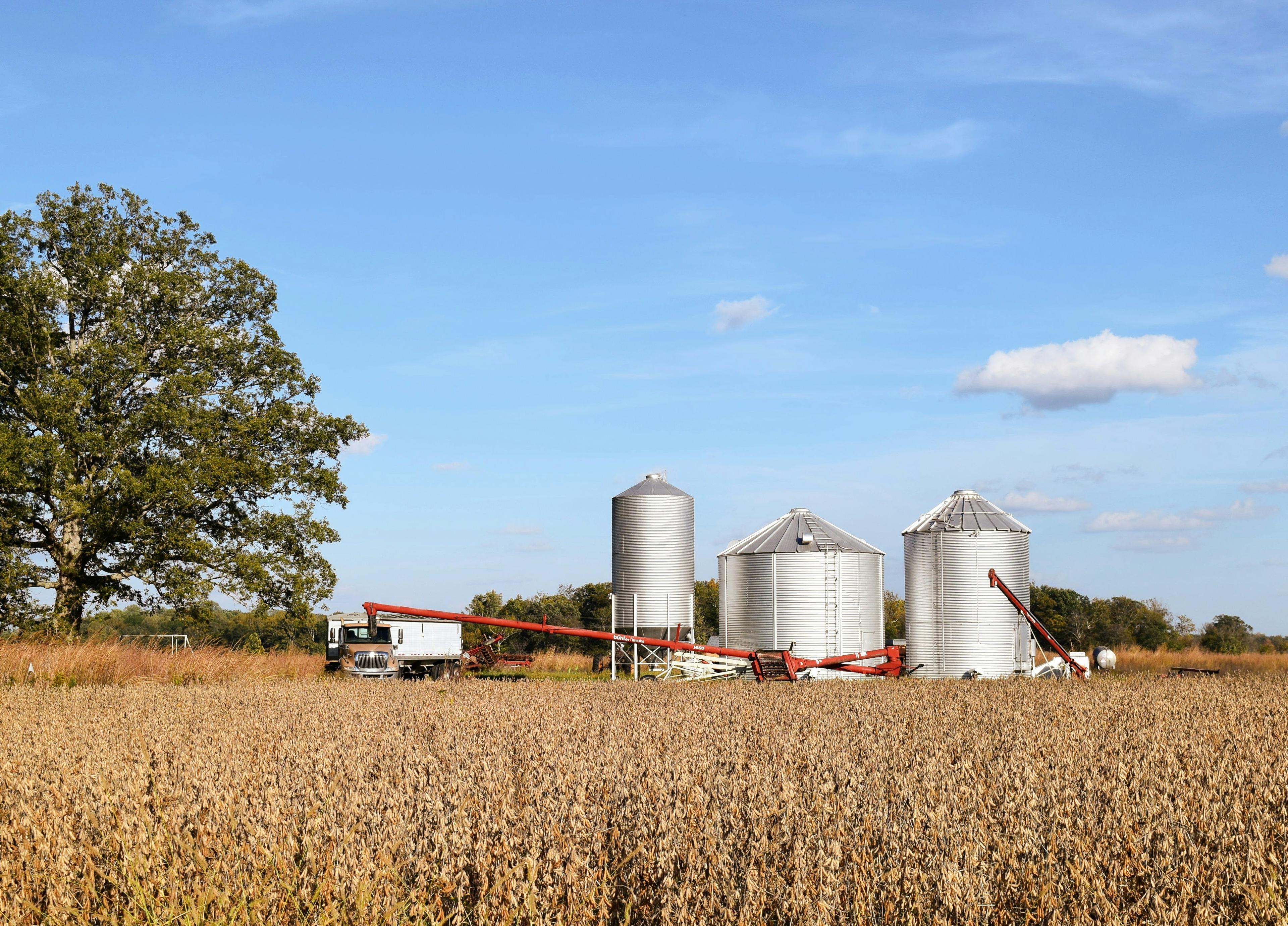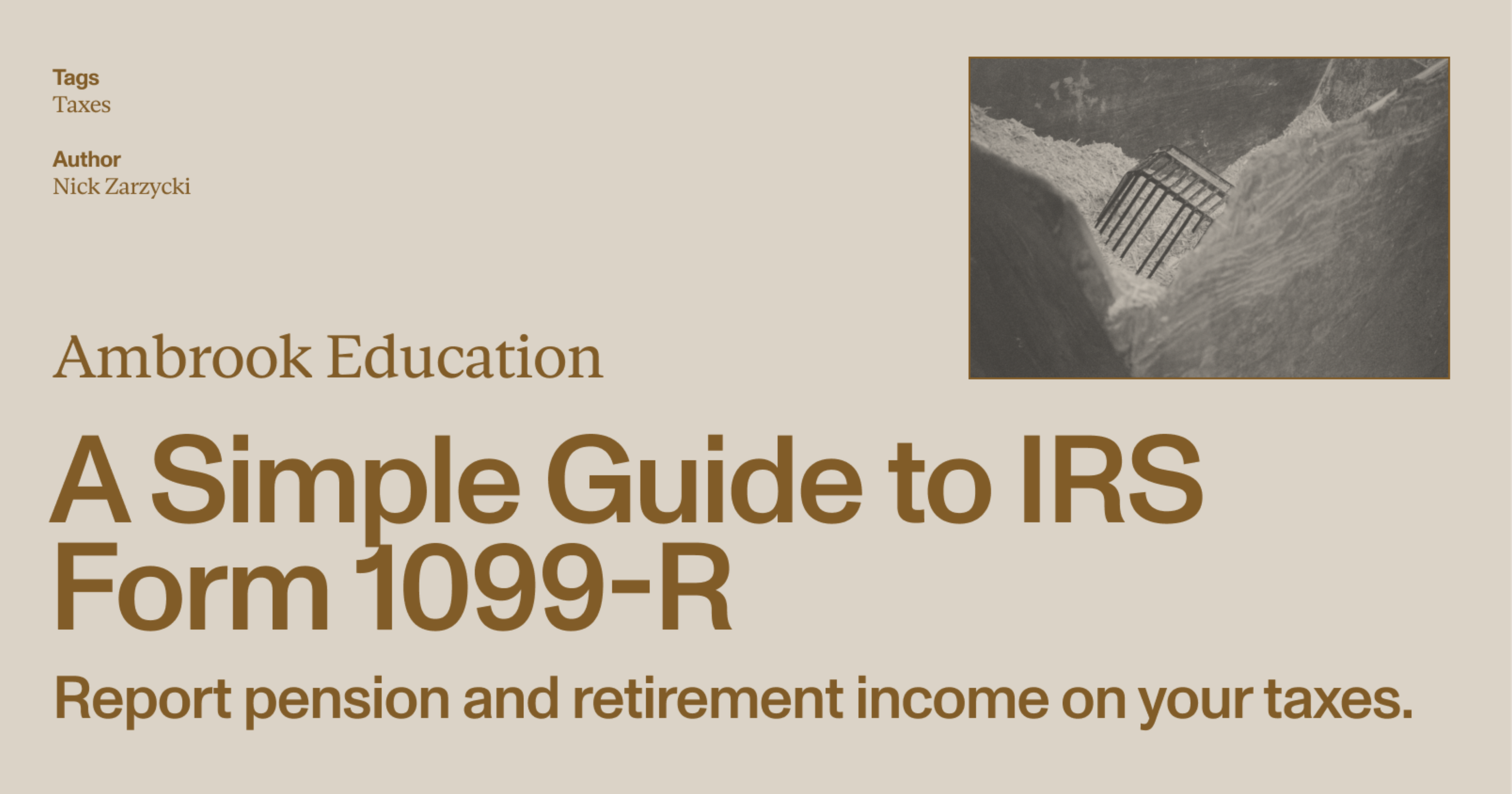The Clean Fuel Production Credit (45Z) recently got a big upgrade from the “One Big, Beautiful Bill” Act. Here’s what that means for agricultural producers, and what you can do to prepare.
The Clean Fuel Production Credit (45Z) gives biofuel producers an incentive for buying feedstock from American agricultural producers. In particular, this tax credit incentivizes them to buy from ag operations that follow sustainable farming practices.
Ag producers don’t benefit directly from 45Z. You can’t claim the credit and reduce your operation’s tax bill. But if you already grow fuel feedstocks—like corn, soybeans, canola, or sorghum—then 45Z may help you find new markets and buyers.
Here’s what you need to know so your operation can benefit, including how the 45Z credit is calculated, how to follow (and document) sustainable farming practices, and how to find local buyers.
What is the 45Z tax credit?
The 45Z credit was originally introduced in 2022 as part of the Inflation Reduction Act. The credit was due to expire in 2027, but the “One Big, Beautiful Bill” Act extended it to 2029 and clarified that fuels must be produced by domestic firms using feedstocks from the United States, Mexico or Canada.
Biofuel companies that conform to these requirements can claim the credit on their tax return. Eligible feedstocks include:
Corn
Soybeans
Grain sorghum
Canola/rapeseed
Sugarcane and sugar beets
Switchgrass, miscanthus, energy grass, etc.
The biofuel a company produces with the feedstock must have a lower carbon intensity (CI) score than traditional fossil fuels (gasoline or diesel). The CI is impacted by the grower’s farming practices. The lower the CI, the bigger the tax credit.
As a result, biofuel producers have an incentive to buy feedstock from growers who follow sustainable farming practices.
One important caveat: A biofuel producer is not required to pass on the savings their company enjoys because of 45Z to a grower. Meaning, if you produce a crop with low CI, a biofuel producer may be encouraged to offer you a favorable contract (and it may be that they can afford to do so because of the 45Z credit). But the terms of the contract are also partly determined by local markets, commodities prices, demand, and the business strategy of the biofuel producer.
So, before you decide to plant fuel feedstocks, and before you invest time and money into adopting low-CI practices, do your research. Talk to potential buyers and other ag producers, run the numbers, and make sure the investment will be worthwhile.
How is the 45Z credit calculated?
The amount of tax credit a biofuel producer is able to claim is based on:
The fuel’s baseline comparison to gasoline and diesel. Set at 100 g CO₂e, or 100 grams of carbon emissions per megajoule of energy.
The CI of the fuel being produced. The CI is calculated using the Department of Energy (DOE)’s Greenhouse gases, Regulated Emissions, and Energy use in Transportation (GREET) model, covered below.
The emission reduction. The difference between the CI of the fuel and the fossil fuel baseline.
The credit rate. Producers can claim a larger credit if they meet certain wage and labor standards.
All told, a producer can potentially claim a $1.00 credit per gallon of fuel produced.
What is the DOE GREET model?
The DOE uses a model called GREET to calculate the total CI of a fuel. There are multiple GREET models for different uses; the one used for biofuel is 45ZCF-GREET.
This model takes a number of factors into account. The CI of a feedstock makes up just a portion of the total CI of a fuel, but it’s a significant portion. For growers, GREET measures:
Fertilizer and chemical use
Soil nitrous oxide (N₂O) emissions
Tillage intensity
Energy use (diesel, electricity)
Yields per acre
Transportation distances
GREET is complex. The good news is that, as a grower, you likely do not need to work with GREET directly. The fuel producer will put the information about your agricultural practices—which you document and provide—into GREET to determine the final CI of the fuel.
How can you reduce a feedstock’s CI?
In order to appeal to biofuel producers claiming the 45Z credit, you should aim to produce crops with the lowest CI possible. You can do that by:
Improving the fuel efficiency of farm vehicles and equipment
Planting cover crops
Carefully managing your nutrient program
Employing low-till and no-till cropping methods
Applying manure to fields
It’s your responsibility to thoroughly document crop production. Besides tracking inputs, yields, and land use, you also need to track any farming methods that could impact your CI.
Most ag producers hire agronomists or work with CI aggregator companies to help them set up recordkeeping systems and comply with documentation requirements.
But to get a sense of how CI scoring works, and the variables you need to track, you can experiment with a CI calculator:
The agronomist and consulting company Incite also provides a helpful outline of CI: 45Z Guidance: An Agronomist’s Guide to Feedstock CI Scoring.
Working with biofuel producers
In addition to production decisions related to growing feedstock, there’s also the question of how to market your goods to biofuel producers. For that, you have a few options:
Contact your local elevator. Your local grain elevator may already have a low-carbon feedstock program or a contract with a biofuel producer. If they do, working with your local elevator may be the simplest option.
Work directly with a biofuel producer. National and regional biofuel companies such as Archer Daniels Midland, Green Plains, and the Valero Energy Corporation may be able to offer contracts for buying biofuel feedstock. Keep in mind, though, that larger producers typically only work directly with large scale growers. Depending on the size of your operation, you may need to work with an aggregator or broker instead.
Work with an aggregator or broker. A CI feedstock aggregator works with multiple smaller producers to fulfil contracts with large biofuel producers. Similarly, a broker acts as a middleman between your ag operation and a biofuel producer. Both are viable options for smaller-scale ag producers looking to sell fuel feedstock. As a bonus, an aggregator or broker may be able to walk you through the intricacies of CI tracking and reporting and help you set up a recordkeeping system for your operation.
Ambrook helps you build a sustainable ag operation
Ambrook is a complete financial platform for your agricultural operation. With Ambrook, you get a complete set of books and detailed financial insights, making it easier to track the cost of production and revenue.
With time-saving bookkeeping automation features, automatically-generated financial reports, streamlined bill pay and invoicing, and other powerful accounting and financial management tools, Ambrook takes the guesswork out of running your business. Want to learn more? Schedule a demo today.
Want to learn more about Ambrook?
This resource is provided for general informational purposes only. It does not constitute professional tax, legal, or accounting advice. The information may not apply to your specific situation. Please consult with a qualified tax professional regarding your individual circumstances before making any tax-related decisions.

